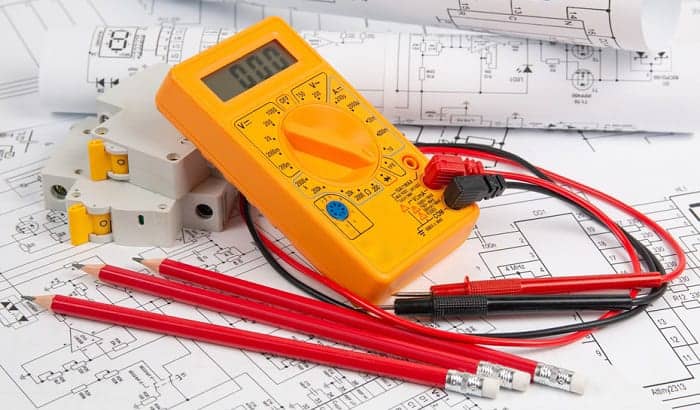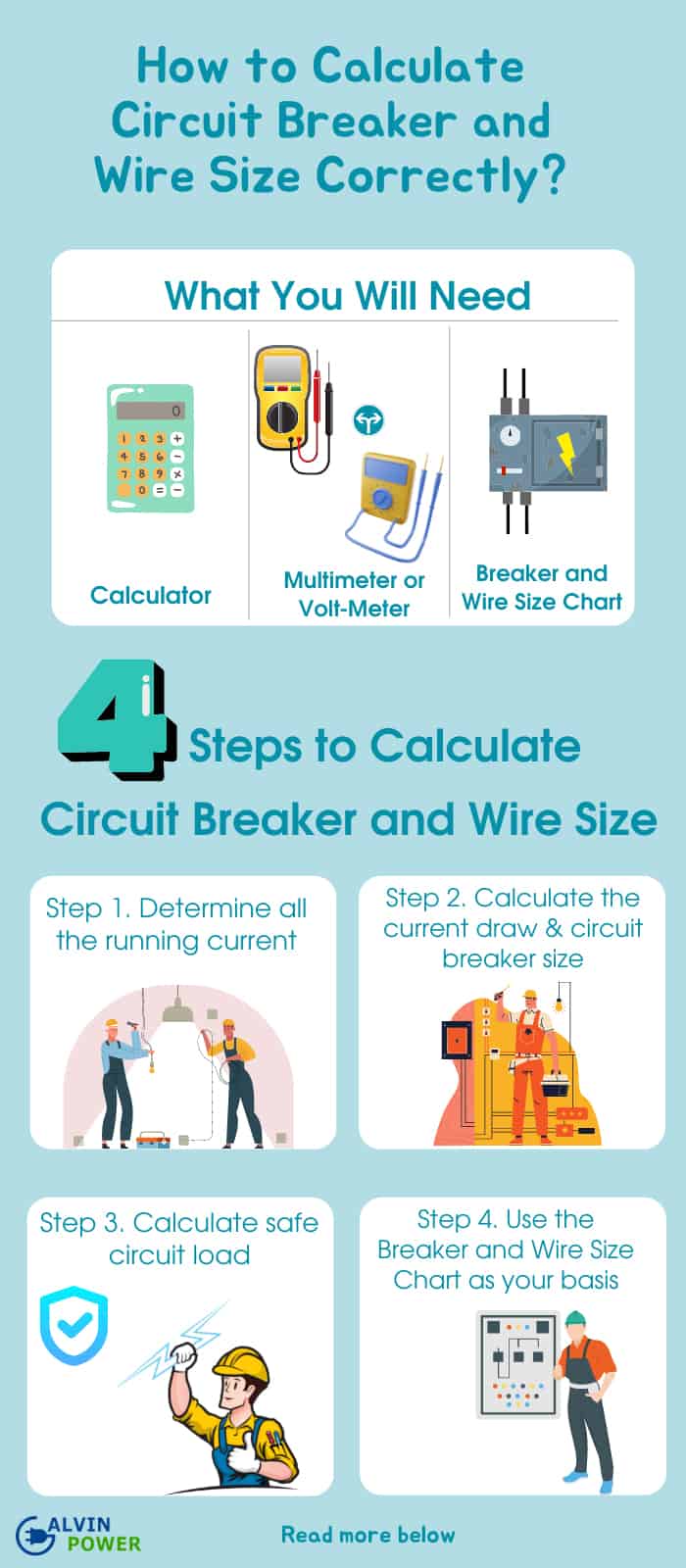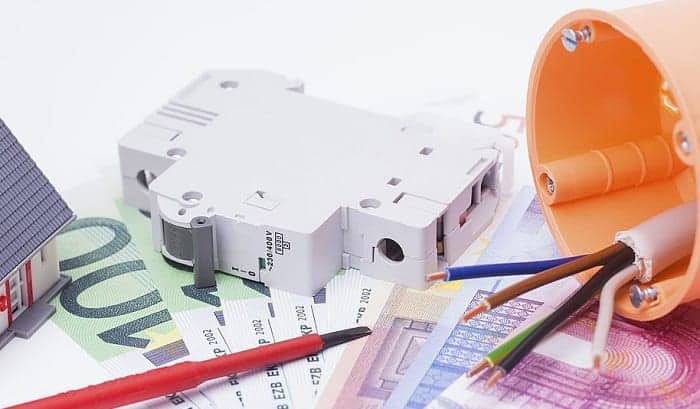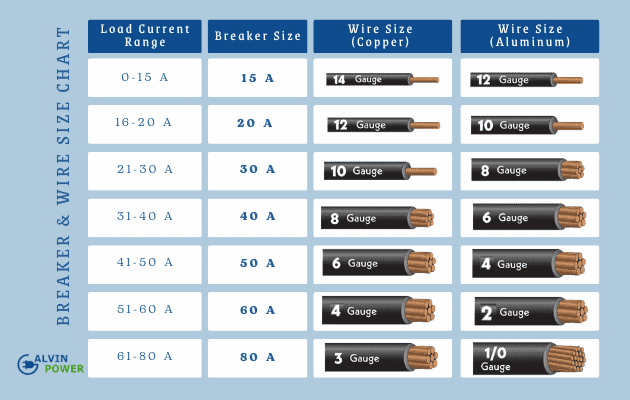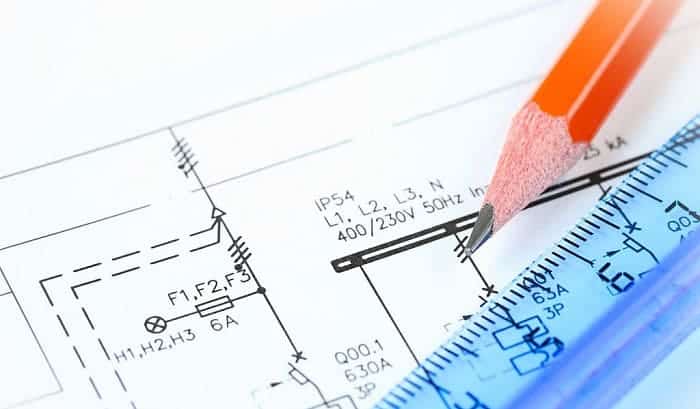Do you have a difficult time finding the best size for your breaker and cable wires installment? It’s an easy process—just use an amperage capacity table or manually check the current-capacity label you can find in the breaker and the insulators of your wiring. Then, compare it to your intended load for the appliances around the house.
However, you will need a more in-depth tutorial on how to calculate circuit breaker and wire size. This article’s purpose is to properly protect yourself and your appliances from typical hazards like fire and electrocution.
Table of Contents
Steps to Calculate Circuit Breaker and Wire Size
What You Will Need
You won’t need complex materials when sizing circuit breakers. You’ll spend most of your time calculating and canvassing materials from your nearest hardware shop. But before we calculate, let’s gather the following materials you’ll need.
1. Calculator
As your primary tool, a calculator will make computing amperage capacity easier. You don’t want to solve these numbers on your own, for you’ll risk the chance of getting an inaccurate answer. A handheld calculator will do, but it’s better to have a sub panel wire size calculator.
There are multiple websites you can find on the internet that can provide an available wire size calculator.
2. Multimeter or Volt-Meter
For accurate readings of electrical connections, a multimeter or a volt-meter is the advisable device to perform with. A volt-meter measures a circuit’s potential difference, but a multimeter reads voltage difference, as well as resistance & current. You can think of a voltmeter as a multimeter’s subpart.
This tool is essential for manual current reading, telling you the circuit capacity without disconnecting the circuit itself. It’s better to have a multimeter, an all-in-one device to determine breaker size.
3. Breaker and Wire Size Chart
A breaker and wire size chart is an informative table used by engineers and electricians as their guide on the corresponding size of a certain circuit breaker to its copper wires. DIYers like you should use this and the National Electric Code (NEC) regulations for efficient circuit breaker sizing calculation.
When we talk about calculating electricity, the first thing that comes to mind is our favorite subject, Physics. Don’t worry though, for this lesson; we’ll have just a little bit of electrical and electronic science necessary for our computations. These helpful steps will serve as your guide:
Step 1. Determine all the running current
The first thing to do before you start sizing the breaker is to determine all your devices’ current. You can work on this by simply checking the label indicated on the electrical device itself (measured in watts), or using a multimeter.
Light bulbs, chargers, electric fans, and hair dryers are some examples of continuous running devices that you’ll need to get the overall draw of current.
Step 2. Calculate the current draw & circuit breaker size
After getting the sum of all active current-consuming devices, you need to compute the current draw by dividing the resulting number by the voltage at which it operates (it may be 120V, 240V, or 440V).
Then, multiply the result by 125% (sizing for overcurrent protective devices — OCPDs — when continuous loads are involved). Ideally, the rating of your circuit breaker should surpass the total power of this equation.
You can use the tool below to figure out the minimal breaker size quickly:
Step 3. Calculate safe circuit load
The operation of a circuit breaker should only occupy 80% of its capacity. A calculation for a safe load is to multiply the amperage of the breaker by 0.8. You should also consider the type of supply the CB can handle and calculate it using your Sizing Calculator.
For single-phase supply, apply the rule of thumb wherein the ampacity of a circuit breaker should be 125% of the circuit connected to the CB (125% or 1.25 x load current).
In a three-phase supply, you can use the same formula as the single-phase but with the three-phase power formula — √3 (1.732).
Step 4. Use the Breaker and Wire Size Chart as your basis
After calculating the size of your circuit breaker, you can now use the Breaker and Wire Size Chart. This process will give you the easiest way to determine the proper size for your wirings since the breaker size was already given. You’ll find here the proper American Wire Gauge (AWG) size, a popular unit for measuring cables.
For an alternative solution, you can find out circuit breakers sizing by:
- Looking at the written text on the insulation of your wire. You can see marks on each cable, and the last numbers represent the wire’s AWG.
- If you didn’t find any symbols along the string, cut the wire. Make sure the incision and the wire’s run are perpendicular.
- Lastly, measure the cross-section’s diameter (the distance from one side to the opposite side of the cross-section in a straight line); disregard the wiring insulation from the measurement.
Conclusion
Did you have fun reading this tutorial? Learning how to calculate circuit breaker and wire size is an essential part of safe household maintenance and preparation for CB installation. By following the NEC guidelines, you’ll avoid having fire as well as electrical hazards.
Always use the suitable circuit breaker size and the proper wiring to run the circuit current without a problem.
What do you think about this article? Share your thoughts in the comment section below, and spread the article’s link if you find it helpful.

I am Andrew Wright. With 8 years of experience designing, installing, and maintaining electrical power systems. I love my job, and I have always wanted to offer others the necessary help so they can take care of their houses.

